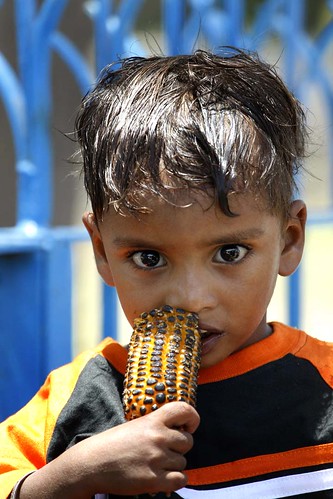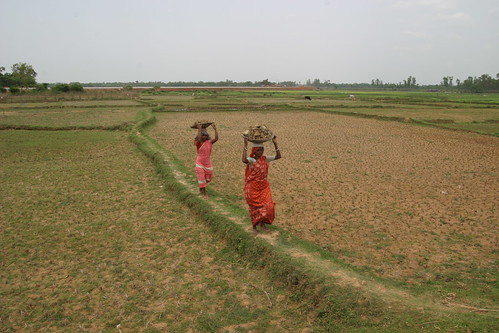Editor’s note: In Context is a new series designed to inform and educate you on Heifer’s work in each country we have a presence. Every two weeks we’ll tackle a different country and examine unique situations related to hunger and poverty, how Heifer works to address them as well as take some time to explore local culture and traditions.

Maltnutrition is more common in India than in Sub-Saharan Africa.
Last week's post helped us to understand malnutrition on a large-scale. Today, we're looking at malnutrition as it relates to India and its children.
There are an estimated 146 million children living in India. Of those children,
About 61 million Indian children have stunted growth and they account for 34% of the world's under age 5 population. In these instances, malnutrition is inherited.
1/3 of Indian women are underweight and receiving inadequate nutrition. Consequently, when these women are pregnant, they give birth to low birthweight babies-- in fact, nearly 30% of newborns in India are underweight. This makes them more susceptible to disease and further malnutrition. The most crippling effects of malnutrition occur during pregnancy and in the first two years of a child's life. After two years, the damage done is irreversible, making pre-natal care and newborn nutrition critically important.

Despite recent rapid growth in India (the GDP has more than doubled since the early 1990s), the malnutrition rate has only decreased slightly. One of India's Millenium Development Goals was to halve malnutrition by 2015. However, economic, environmental and social disparities make that goal difficult to achieve.
Children from wealthier families suffer from malnutrition not because they don't have enough to eat, but because they're not being fed correctly. In this case, the solution is to not make more food available but to educate parents on how to feed their children well-balanced, healthy diets.
For further reading, check out this recent article in the Sydney Morning Herald that tells the story of a rural Indian family and the effects of malnutrition on their children.